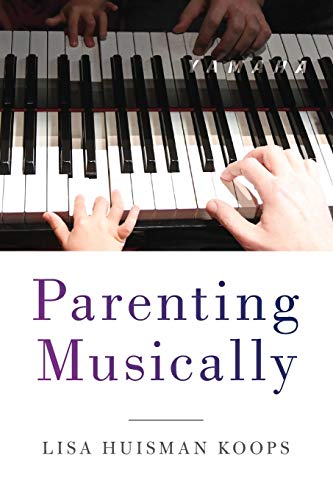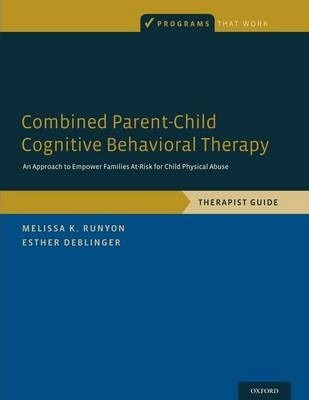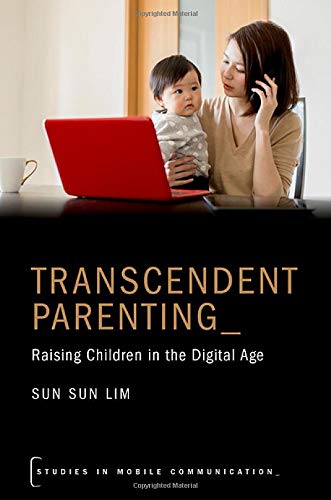Description
Parents use music in family life to accomplish practical tasks, make relational connections, and guide their children’s musical development. Parenting Musically portrays the musicking of eight diverse Cleveland-area families in home, school, and community settings. Themes from interviews
focused on the families’ hopes and dreams for their children musically, as well as the families’ perceptions of media messages regarding parents and music, serve to deepen the documentation of how families use and perceive music in their daily lives. Family musical interactions are analyzed using
the concepts of musical parenting (actions to support a child’s musical development) and parenting musically (using music to accomplish extra-musical parenting goals), arguing the importance of recognizing and valuing both modes. An additional construct, practical/relational musicking, adds to the
detailed analysis of family musical engagement. Practical musicking refers to musicking for a practical purpose, such as learning a scale or passing the time in a car; relational musicking is musicking that deepens relationships with self, siblings, parents, or community members, such as a
grandmother singing to her grandchildren via Facetime as a way to feel connected. Families who embraced both practical and relational musicking expressed satisfaction in long-term musical involvement. Weaving together themes of conscious and intuitive parenting, the rewards and struggles of musical
practice, and the role of mutuality in community musicking, the discussion draws on research in music education, psychology, family studies, and sociology. This book serves to highlight the multi-faceted nature of families’ engagement in music; the author urges music education practitioners and
administrators to consider this diversity when approaching curricular decisions. Written in a style accessible to laypersons, this book will interest a wide range of music educators as well as families, community members, and scholars and practitioners in family studies, psychology, and sociology.
focused on the families’ hopes and dreams for their children musically, as well as the families’ perceptions of media messages regarding parents and music, serve to deepen the documentation of how families use and perceive music in their daily lives. Family musical interactions are analyzed using
the concepts of musical parenting (actions to support a child’s musical development) and parenting musically (using music to accomplish extra-musical parenting goals), arguing the importance of recognizing and valuing both modes. An additional construct, practical/relational musicking, adds to the
detailed analysis of family musical engagement. Practical musicking refers to musicking for a practical purpose, such as learning a scale or passing the time in a car; relational musicking is musicking that deepens relationships with self, siblings, parents, or community members, such as a
grandmother singing to her grandchildren via Facetime as a way to feel connected. Families who embraced both practical and relational musicking expressed satisfaction in long-term musical involvement. Weaving together themes of conscious and intuitive parenting, the rewards and struggles of musical
practice, and the role of mutuality in community musicking, the discussion draws on research in music education, psychology, family studies, and sociology. This book serves to highlight the multi-faceted nature of families’ engagement in music; the author urges music education practitioners and
administrators to consider this diversity when approaching curricular decisions. Written in a style accessible to laypersons, this book will interest a wide range of music educators as well as families, community members, and scholars and practitioners in family studies, psychology, and sociology.






